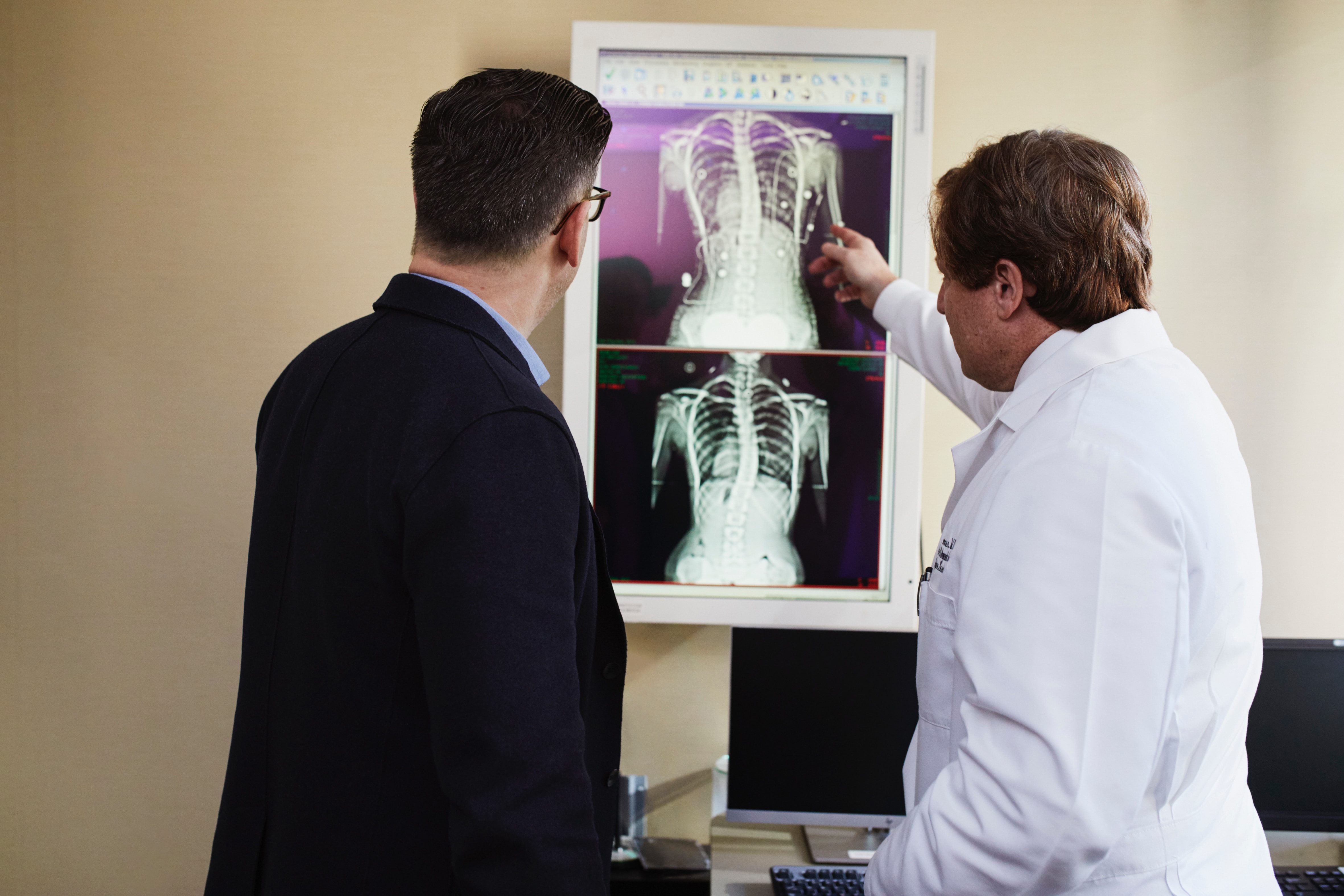In the last few years, healthcare providers have come to realize the effect of consumerism on their practice. Consumers increasingly view healthcare as a commodity to be compared and shopped. Social media has allowed patients to share experiences, good and bad. Online reviews are visible on many websites, it is now more likely for consumers to seek reviews or ask friends before selecting a practice or physician. Even a physician referral may be only a suggestion not an assurance the patient will present for care.
Many physicians fail to realize the first impression is the initial phone call not the initial visit. Seventy-five percent of patients who abandon calls do not call back. It is important to measure the abandonment rate in multiple departments of your practice. A practice should have no more than five options on an automated attendant. The first option is usually a prompt for making an appointment. These calls should be answered promptly and never go to voicemail. A queue can be utilized to line calls into a holding pattern allowing staff to manage a larger volume of calls and give undivided attention to the caller. The goal of the patient is to finalize the call; a voicemail does not allow the patient to finalize the call by obtaining an appointment or other service. The front office staff should focus on patients who are arriving to see a provider; they should not answer calls for appointments or other high volume tasks. The timeline to an appointment is very important to capturing a new patient. If a patient has to wait more than 2-4 weeks for an appointment, they will seek service elsewhere depending on the specialty. I worked with a practice last week, the physician had no idea there was a six month wait for a new patient appointment and a two month wait for a follow-up appointment. Providers should track no-shows in correlation to wait time to appointment.
Sometimes, a first impression is based on the effectiveness of the practice website. A good website is easy to navigate and it showcases important information related to making an appointment and information related to the physicians and other providers. Phone calls can be controlled by offering requests for appointments via the website or patient portal. Patients prefer to communicate through various methods; most pediatric practices use a portal to communicate with parents of established patients. The parents can speak directly to a nurse and obtain an answer quickly.
Another important first impression is the preparation for a visit. Most patients prefer to register online via link from an automated appointment confirmation. Online registration allows the patient to use their own device to complete needed information. The staff receives the information before the appointment allowing for quick verification of coverage, and it reduces the time in the waiting room upon arrival. It also prepares the front office staff with accurate information related to the co-pay and other benefit considerations.
Managers and staff often enter the practice through a side or back door and never see the practice from the perspective of the patient. I visited a practice a couple of years ago, the carpet was soiled and the receptionist was seated behind a frosted glass window not allowing her to see presenting patients. In addition, a sign was posted on the glass stating “Don’t tap on the glass, have a seat until called.” It was evident they did not care about first impressions. Assure a manager or supervisor is entering through the front door daily to see the reception area through the eyes of a patient. The call volumes and wait to obtain an appointment should be closely monitored to assure a good balance between scheduling and availability.
Patient satisfaction surveys are instrumental in measuring patient satisfaction. The practice culture is essential to engaged and well-trained employees who care about high patient satisfaction.
You only have 12 seconds to make a good first impression! Review all the steps a patient must take to make it to the exam room. If it is not a pleasant experience, make the necessary changes and continue to monitor the steps and the staff performing each step. Compare yourself to your fiercest competitor, are you keeping staying abreast of changes in technology and healthcare?
Article contributed by Tammie Lunceford, Healthcare and Dental Consultant, Warren Averett Healthcare Consulting Group. Warren Averett is an official Gold Partner with the Medical Association.
